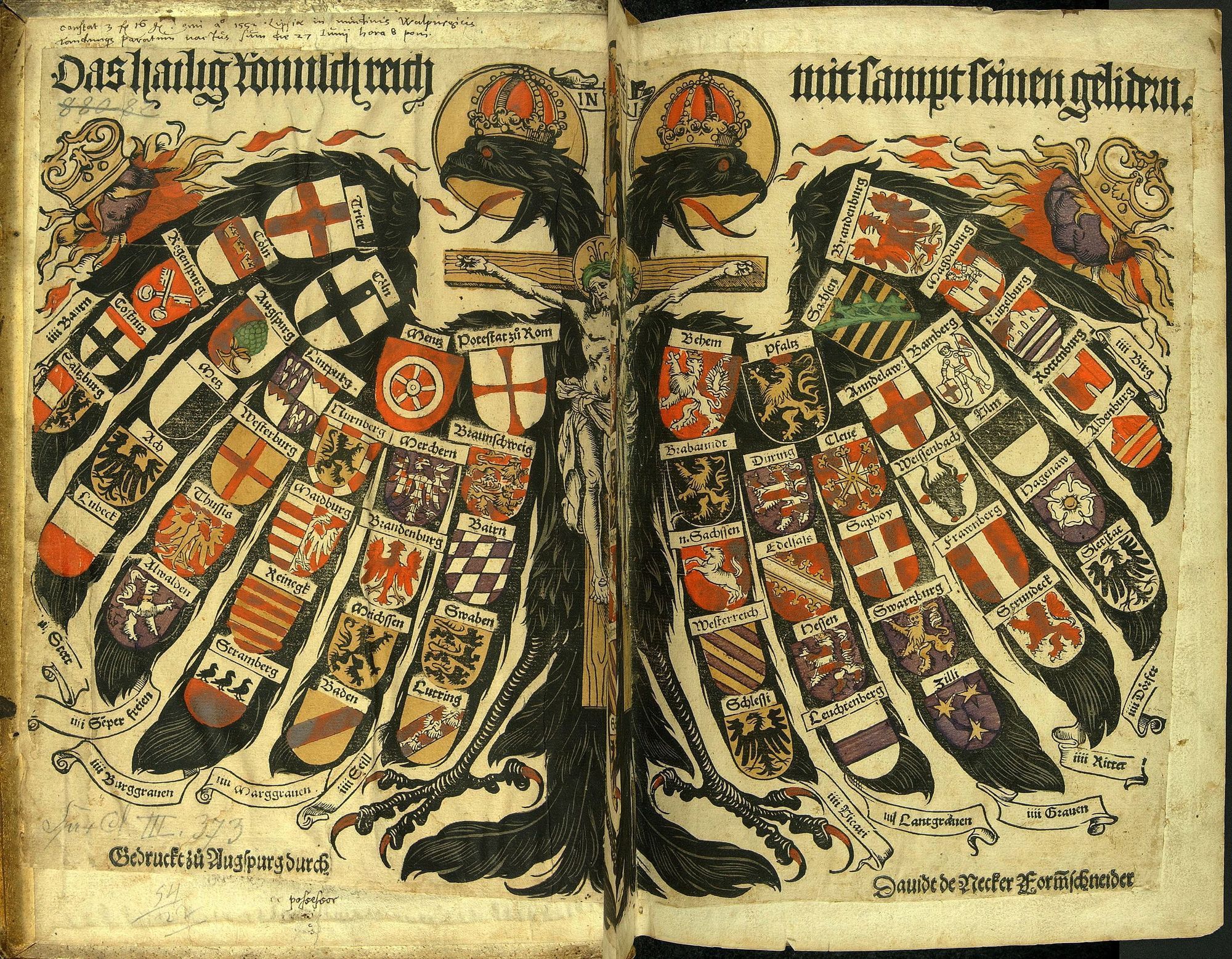Gettin’ Medieval on EUr Ass
Reflections on Jan Zielonka’s Europe as Empire (2006). Part I of a Triptych.

Of all the myriad polities that could possibly be put forward as a solution to the European Union’s current problems, surely the resurrection of the Holy Roman Empire would appear as one of the most outlandish? We may therefore be surprised to find the work of Polish born Oxford Professor Jan Zielonka proposing a not-dissimilar answer through his advocacy of a ‘postmodern equivalent of medievalism’ as an alternative social/political/legal formation for the EU, as opposed to the Westphalian model currently being pursued (p.10).
Whether implicit in Zielonaka’s work at some deeper level, or just a reflection of my current reading at the moment, I could not help but be reminded of the rhizomatic theories of Gilles Deleuze, and so the analysis that follows is replete with Deleuzian concepts and ideas. And so we begin.
Show me the Monnet
In contrast to EU ‘Founding father’ Jean Monnet’s claim that ‘Institutions govern relationships between people. They are the real pillars of civilisation’, Zielonka’s basic diagnosis of the European Union’s current malaise is that as the EU has expanded it has taken in ever more heterogeneous nations and national characteristics, rendering the creation of a centralised, bureaucratized Westphalian-type superstate ‘impossible’ (p.9). Indeed, we may say that this heterogeneity is only being accelerated by late 20th early 21st century technological forces — the internet, social media - whose radically decentralising and flattening effects stand in direct contrast to the centralising impulse of 19th century technological developments -electricity, steam, steel — which gave birth to the very territoriality of the modern nation state, dependent as it is upon ‘the material possibilities for controlling large regions of the earth’ (p.9).
Delors vs Deleuze
In response, Zielonka suggests that Europe look back to the future for a suitable model that best fits its increasingly diverse constitution; that of Neo-medievalism. If, for long-serving EU Commission President and champion of integration Jacques Delors the European Union was an ‘unidentified political object’, then, for Zielonka, the EU will be less and less about commanding concentrations of ‘power, hierarchy, sovereignty and clear-cut identity’, and more and more about becoming a ‘polycentric polity penetrating rather than controlling its environment.’ (p.2), a rhizome, if you will.
Patchwork
Drawing on the work of John Gerard Ruggie, Zielonka explicitly points out that in contrast to the centralising instincts of the EU, the medieval system was ‘a patchwork of overlapping and incomplete rights’ (p.10). In an echo of Voice and Exit, Zielonka notes that in feudal Europe, ‘public authority was fragmented and privatised…Each lord used to have more than one vassal. One man could become the vassal of more than one lord…there was no monopoly on law making.’ (p.10). Much like the rhizome, in the medieval world borders were not hard and fixed but consisted of limes and marches; ‘soft border zones in flux’ (p.11). Instead of the Westphalian ‘machine propelled by energy and directed by information flowing from a single center’, medieval writers conceived of society along the lines of a body with organs, with social order organised much like the schema of the human body, surmounted by the Godhead (p.10).
A Thousand Plateaus
Ultimately, Zielonka argues, ‘Neo-medievalism is not a synonym of anarchy and chaos.’ (p.12). ‘Indeed,’ Zielonka continues, ‘I would argue that diversity, called by another name, ‘pluralism’, is Europe’s greatest historical and cultural treasure.’ (p.17). And perhaps we can go further here; how about adding Voice and Exit to this list? Instead of pursuing an increasingly stultifying one-size-fits-all centralisation, maybe a European Union fit for the 21st century should work to radically decentralise its power structures and liberate the regional idiosyncrasies of its members, thereby showing a positive vision to the world in which the blood of centuries of conflict can perhaps ultimately be redeemed by the emerging flower of a democratic renewal?
Part II
